
- Categories:


https://github.com/GraphDetec/MGTAB
MGTAB is the first standardized graph-based benchmark for stance and bot detection. MGTAB contains 10,199 expert-annotated users and 7 types of relationships, ensuring high-quality annotation and diversified relations.
The components in the datasets:

https://github.com/GraphDetec/MGTAB
MGTAB is the first standardized graph-based benchmark for stance and bot detection. MGTAB contains 10,199 expert-annotated users and 7 types of relationships, ensuring high-quality annotation and diversified relations.
The components in the datasets:

https://github.com/PatriciaXiao/TIMME/tree/master/data/P_all
The components in the datasets:
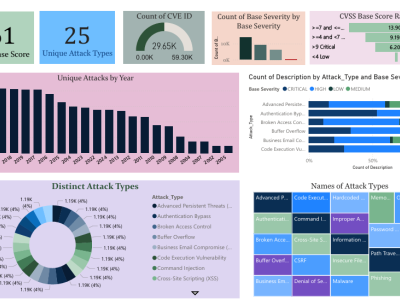
The CyberAlert-25 Dataset is a comprehensive collection of curated cyber threat data, developed to support advanced research in vulnerability detection, classification, and threat intelligence. Aggregated from authoritative sources such as the National Critical Information Infrastructure Protection Center (NCIIPC) and the MITRE Corporation, the dataset focuses on Common Vulnerabilities and Exposures (CVEs), encompassing a total of 29,650 entries.

The ORL and WarpPIE datasets consist of grayscale face images, with each sample representing a single individual captured under various lighting conditions, facial expressions, and occlusions. The COIL20 dataset contains grayscale images of 20 distinct objects, with each object represented by 72 images taken from different rotational perspectives. The MNIST and USPS datasets comprise handwritten digits ranging from 0 to 9.
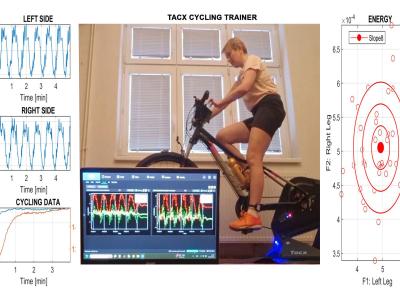
Motion analysis provide important information in rehabilitation, performance evaluation, and movement symmetry assessment, with applications including neurology, biomedicine, surgery, and sports monitoring. The integration of wearable sensors and signal processing forms a robust interdisciplinary platform for such analysis. Specific methods are based on monitoring physiological and motion responses during controlled exercises that simulate real-world motion scenarios.
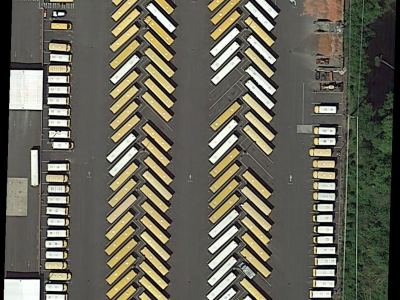
Object detection is an important and challenging problem in computer vision. Although the past decade has witnessed major advances in object detection in natural scenes, such successes have been slow to aerial imagery, not only because of the huge variation in the scale, orientation and shape of the object instances on the earths surface, but also due to the scarcity of wellannotated datasets of objects in aerial scenes.

A pothole dataset collected by iPhone 14 pro. Due to the lack of publicly available small-scale pothole point cloud datasets, a custom dataset was created for model performance evaluation. The data collection area is located within the Yujiaotou campus of Wuhan University of Technology and the surrounding road network in Wuhan, China. For data acquisition, an iPhone 14 Pro equipped with a LiDAR scanner was used.
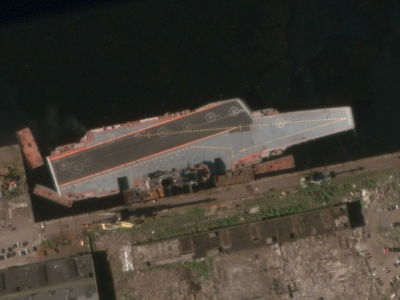
Extracting ships from complex backgrounds is the bottleneck of ship detection in high-resolution optical satellite images. In this letter, we propose a nearly closed-form ship rotated bounding box space used for ship detection and design a method to generate a small number of highly potential candidates based on this space. We first analyze the possibility of accurately covering all ships by labeling rotated bounding boxes. Moreover, to reduce search space, we construct a nearly closed-form ship rotated bounding box space.

Extracting ships from complex backgrounds is the bottleneck of ship detection in high-resolution optical satellite images. In this letter, we propose a nearly closed-form ship rotated bounding box space used for ship detection and design a method to generate a small number of highly potential candidates based on this space. We first analyze the possibility of accurately covering all ships by labeling rotated bounding boxes. Moreover, to reduce search space, we construct a nearly closed-form ship rotated bounding box space.

Extracting ships from complex backgrounds is the bottleneck of ship detection in high-resolution optical satellite images. In this letter, we propose a nearly closed-form ship rotated bounding box space used for ship detection and design a method to generate a small number of highly potential candidates based on this space. We first analyze the possibility of accurately covering all ships by labeling rotated bounding boxes. Moreover, to reduce search space, we construct a nearly closed-form ship rotated bounding box space.
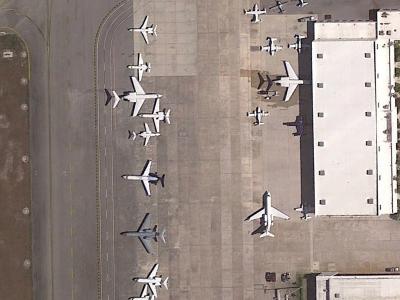
Substantial efforts have been devoted more recently to presenting various methods for object detection in optical remote sensing images. However, the current survey of datasets and deep learning based methods for object detection in optical remote sensing images is not adequate. Moreover, most of the existing datasets have some shortcomings, for example, the numbers of images and object categories are small scale, and the image diversity and variations are insufficient. These limitations greatly affect the development of deep learning based object detection methods.
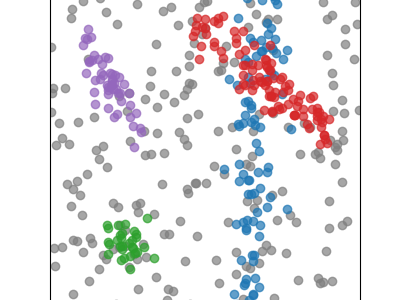
This dataset is the supporting simulated data for the paper titled "Hidden Border Tunnels: Research on Excavation Monitoring and Excavation Path Prediction." These data are generated through physical simulations and are used to validate the effectiveness of the algorithms proposed in the paper. The dataset includes the coordinates of simulated vibration events, as well as the prediction results of excavation events by various machine learning models, such as RNN, LSTM, GRU, Transformer, CNN_Transformer, and LSTMTransformer.

This dataset is the supporting simulated data for the paper titled "Hidden Border Tunnels: Research on Excavation Monitoring and Excavation Path Prediction." These data are generated through physical simulations and are used to validate the effectiveness of the algorithms proposed in the paper. The dataset includes the coordinates of simulated vibration events, as well as the prediction results of excavation events by various machine learning models, such as RNN, LSTM, GRU, Transformer, CNN_Transformer, and LSTMTransformer.
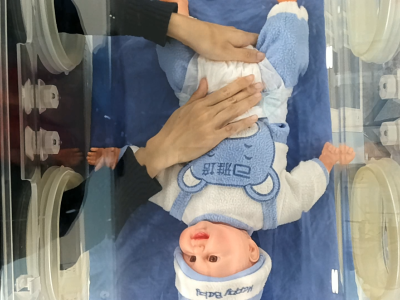
NICU-Care is a high-quality video dataset designed to support visual recognition tasks in Neonatal Intensive Care Unit (NICU) scenarios, including nursing action recognition, object detection, and semantic segmentation. It was constructed in a standardized simulated NICU environment, capturing multi-view RGB videos of professional nurses performing six types of routine caregiving procedures on simulated infants. The dataset provides fine-grained temporal annotations and pixel-level segmentation masks for key objects like nurse hands, medical tools, and infant body parts.

<p>This dataset contains simulation results generated in OptiSystem for an 18‐tupling optical communication system. The parameters include optical source settings, modulator configurations, and a range of power and signal quality metrics. Key performance indicators—such as total power penalty (TPP), signal power penalty (SPP), and RMS jitter—are provided for each set of simulation inputs. The data are intended to facilitate reproducible research and to enable further analysis of high‐order frequency multiplication in optical networks.

The dataset includes BIM-IoT integration data such as Revit model, images, and IoT time-series data. The abstract is as follows: Automatic indoor environmental quality (IEQ) monitoring plays a pivotal role in the management of green building operations. Traditional monitoring methods that integrate Building Information Modeling (BIM) and the Internet of Things (IoT) are unable to perform automatic detection. This study addresses the limitation by introducing a BIM-AIoT based ‘LabMonitor’ approach for real-time IEQ monitoring and prediction.

Furthermore, we introduce A Multi-Modal Continuous Emotion Annotation Dataset for VR Action Games (MMEAD-VRAG), the first multi-modal time-series dataset incorporating both physiological and behavioral signals in VR action gaming scenarios. A comparative analysis with existing state-of-the-art datasets reveals that MMEAD-VRAG exhibits fewer limitations in terms of data collection methodology, dataset scale, and participant diversity. The implementation of PhyBehavNet and the MMEAD-VRAG dataset is publicly available at https://github.com/EnyaoC/MMEAD-VRAG.
To evaluate the thermal behavior of multiple battery cells under operational conditions, a series of controlled temperature tests were conducted. First, each cell was equipped with calibrated thermocouples (type K) attached to its surface at the geometric center to ensure consistent temperature acquisition. The cells were then placed in a thermal chamber to maintain a constant ambient temperature. A programmable charge/discharge unit was used to apply identical current profiles to all cells simultaneously.
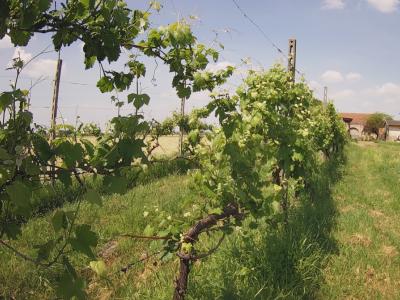
The dataset was captured from a vineyard in Bagnolo San Vito, Italy. The dataset comprises sensor readings and high-resolution images collected from 24 March 2024 to 24 December 2024, using one high-resolution camera and a LoRaWAN network of 2 air sensors and 6 soil sensors. The sensors measured air temperature and humidity, soil dielectric permittivity, and soil temperature every 10 minutes. The camera captured one 4-Mpixel RGB image per day.

This dataset contains simulated records for 3,000 students, generated for the purpose of evaluating fairness in predicted grading models. The dataset includes decile rankings based on historical performance, predicted grades, and demographic attributes such as socioeconomic status, school type, gender, and ethnicity. The data was created using controlled randomization techniques and includes noise to reflect real-world prediction uncertainty. While entirely synthetic, the dataset is designed to mimic key structural patterns relevant to algorithmic fairness and educational inequality.

This dataset contains simulated records for 3,000 students, generated for the purpose of evaluating fairness in predicted grading models. The dataset includes decile rankings based on historical performance, predicted grades, and demographic attributes such as socioeconomic status, school type, gender, and ethnicity. The data was created using controlled randomization techniques and includes noise to reflect real-world prediction uncertainty. While entirely synthetic, the dataset is designed to mimic key structural patterns relevant to algorithmic fairness and educational inequality.
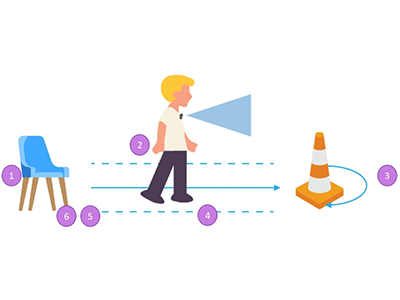
This dataset aims to support research on temporal segmentation of the Timed Up and Go (TUG) test using a first-person wearable camera. The data collection includes a training set of 8 participants and a test set of 60 participants. Among the 8 participants, the test was completed at both a normal walking pace and a simulated slower walking pace to mimic elderly movement patterns. The 60 participants were randomly divided into two groups: one group completed the test at a normal walking pace, and the other group simulated slower walking speed to mimic elderly movement patterns.